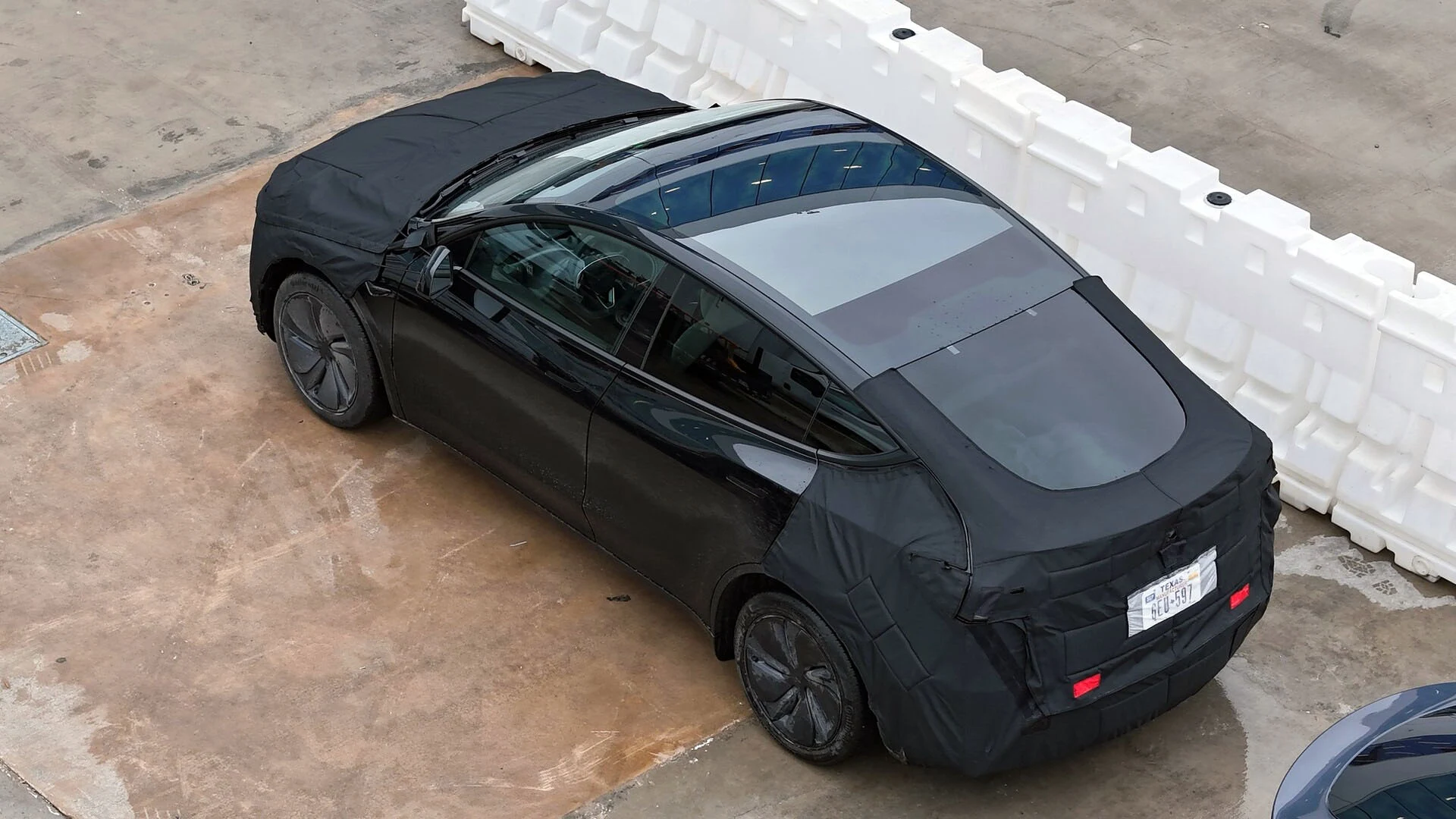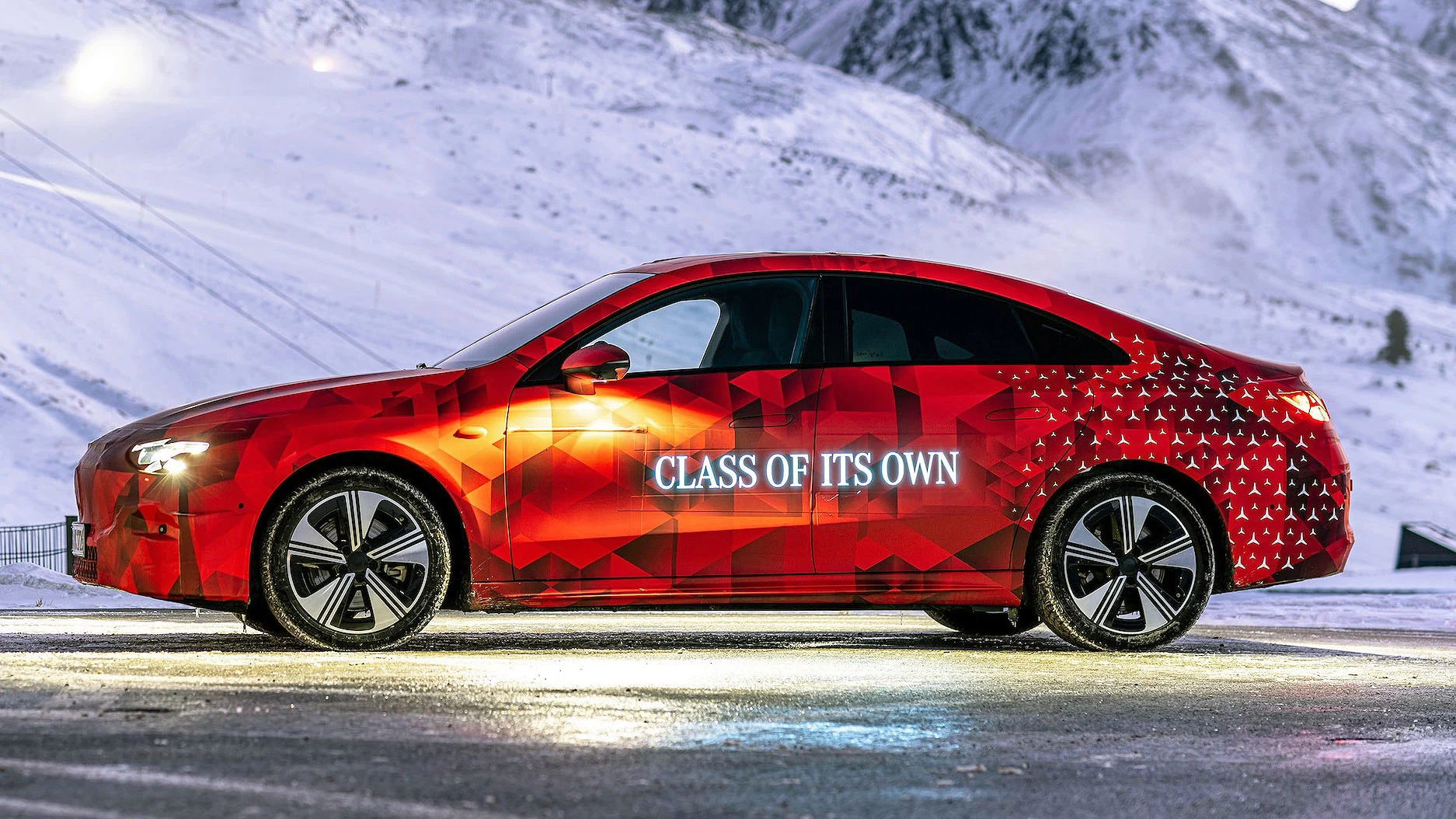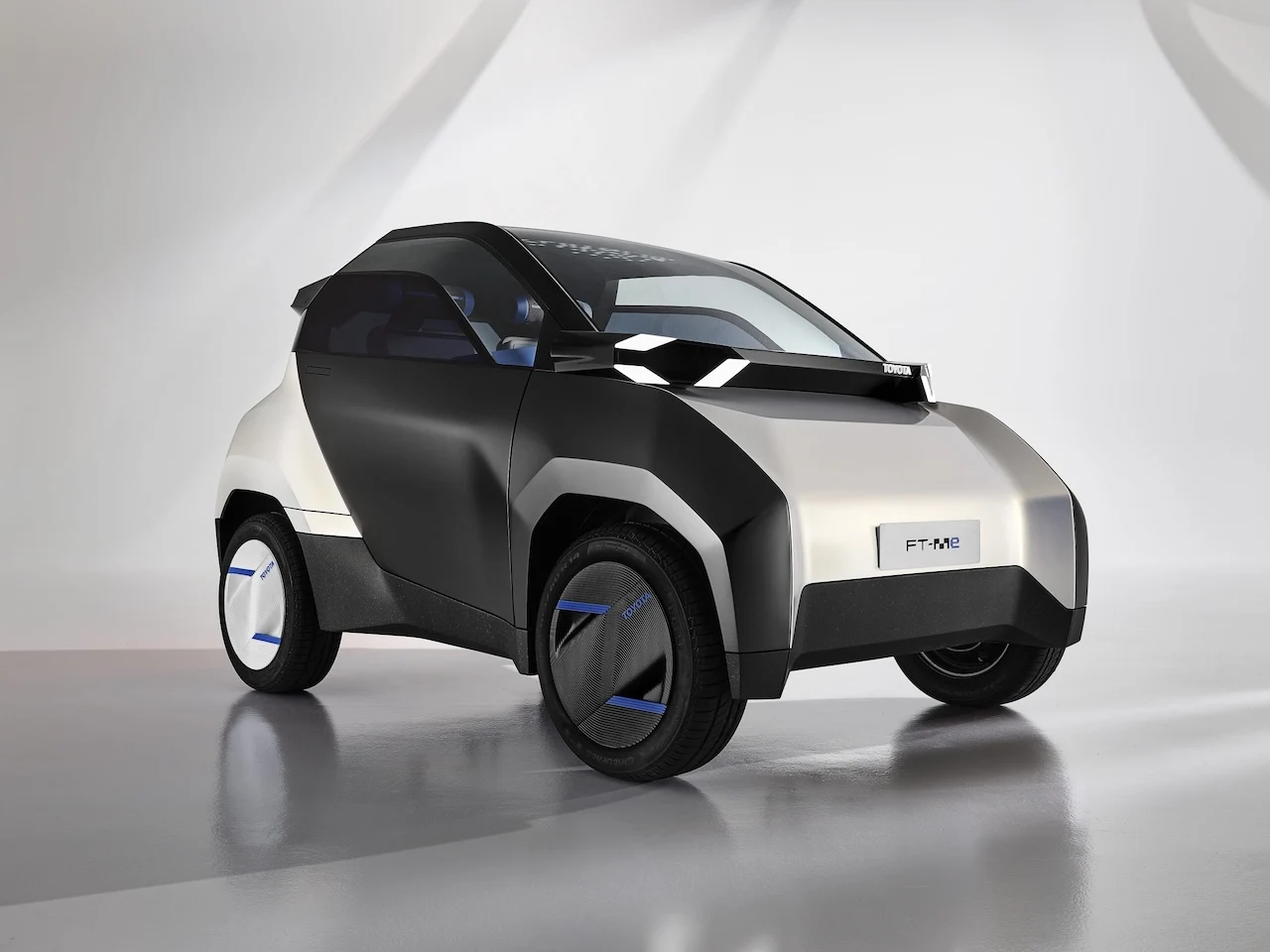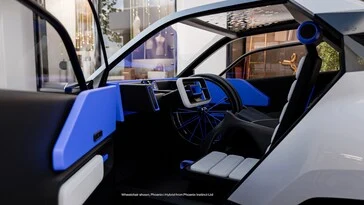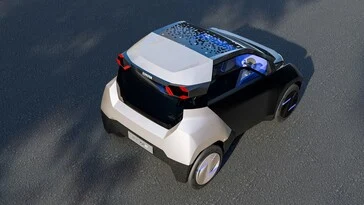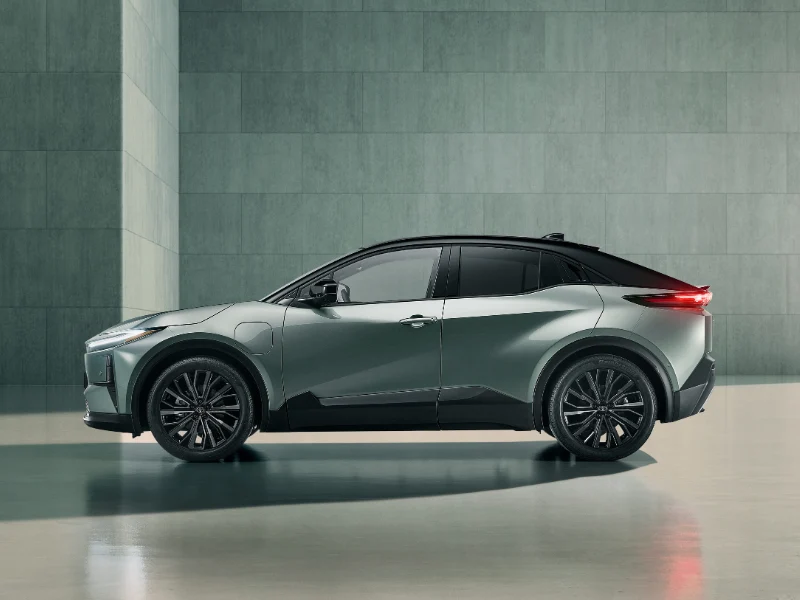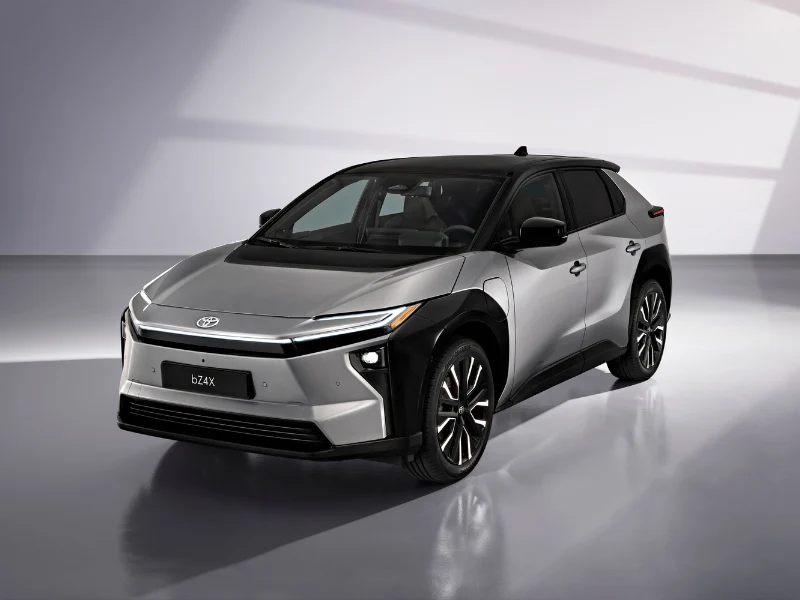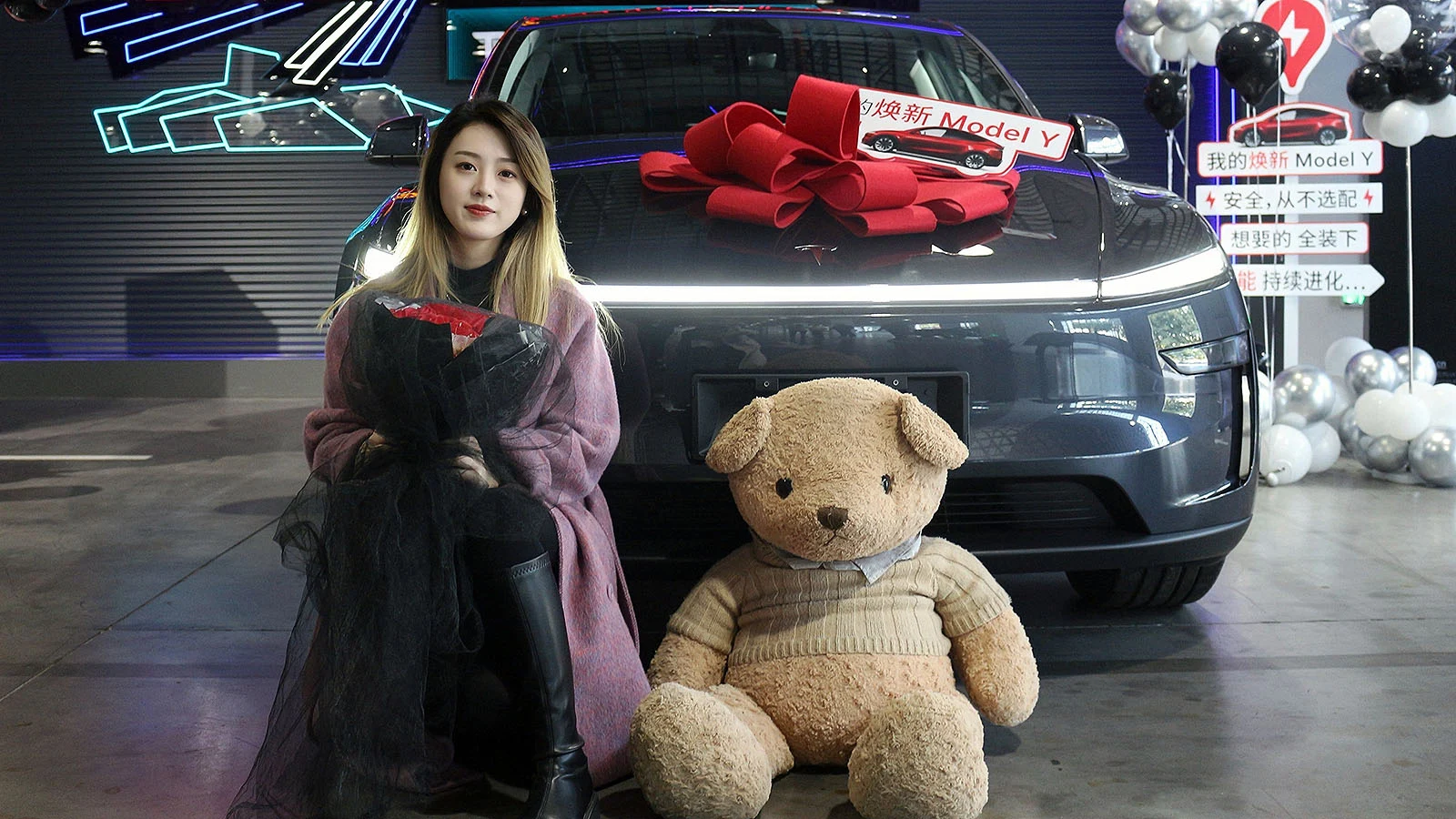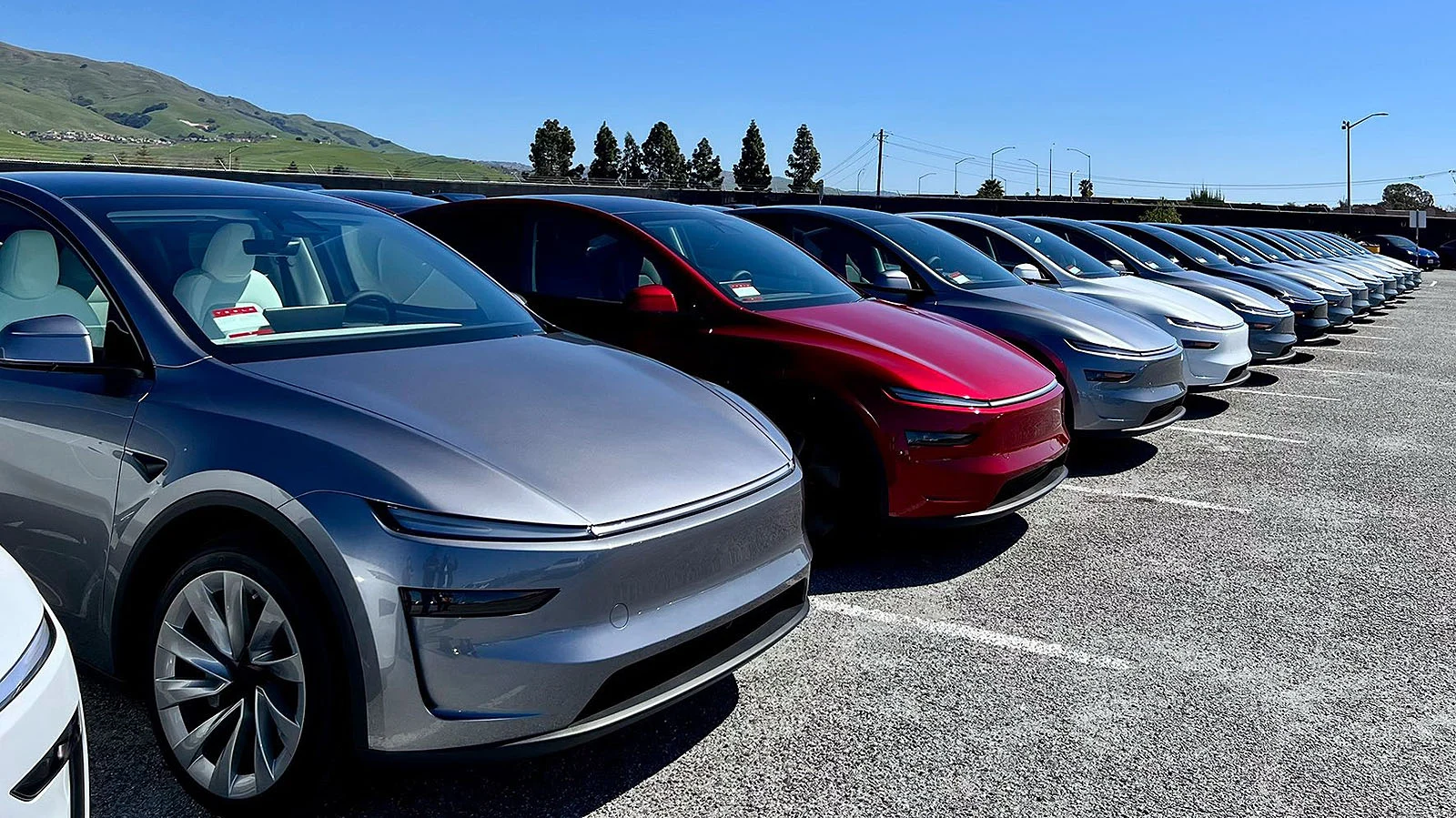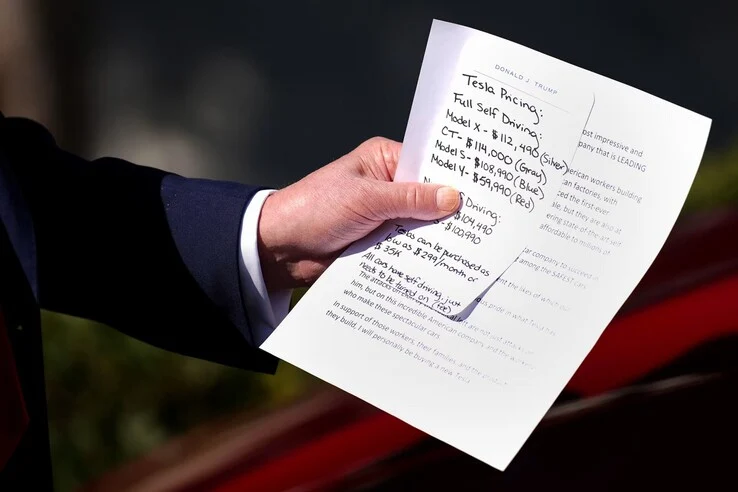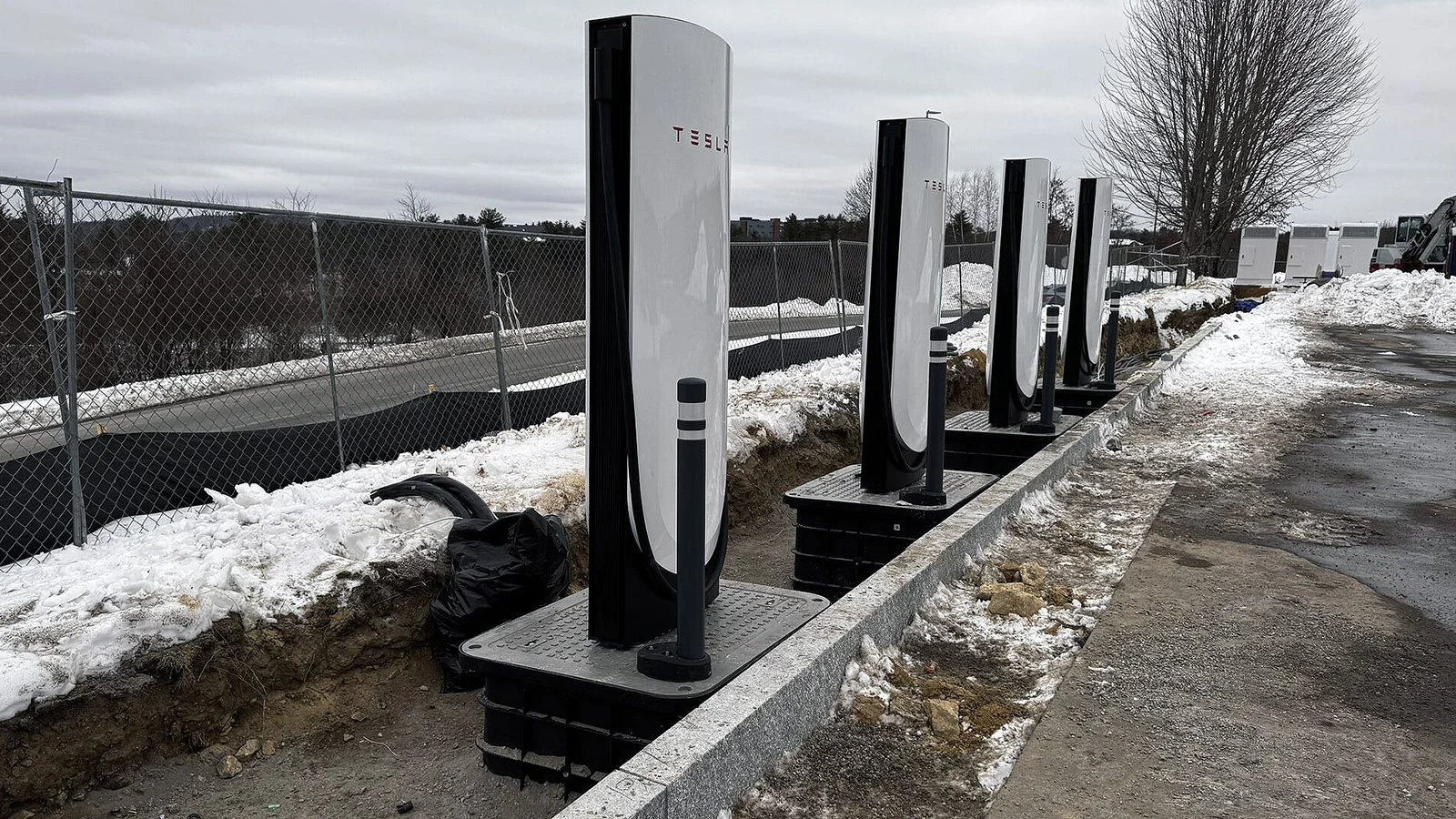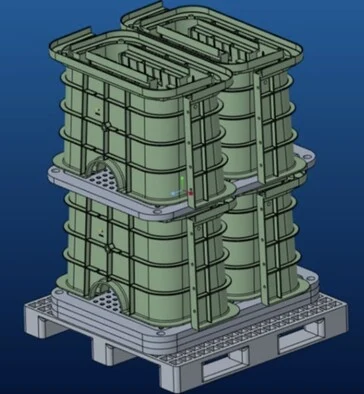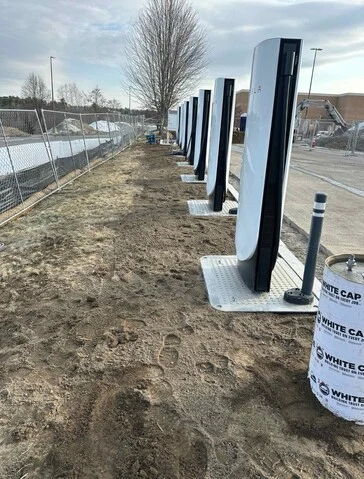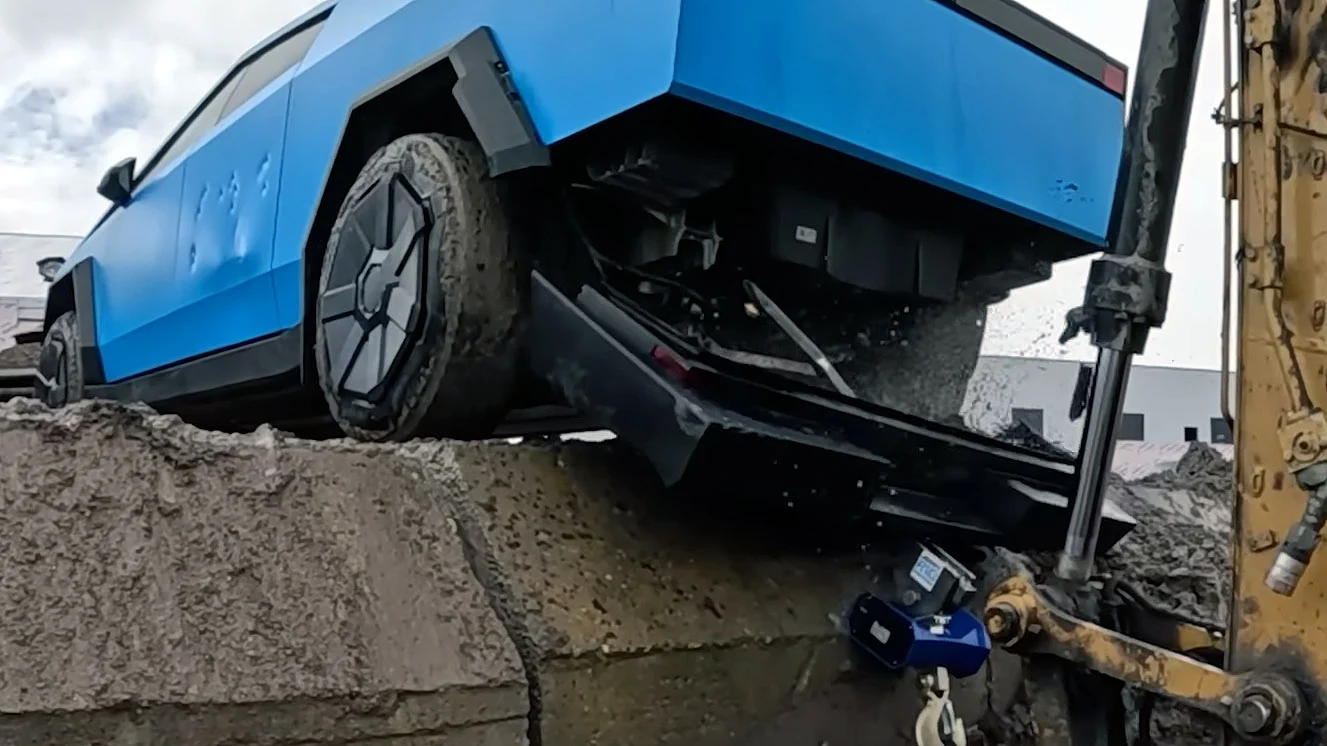Key Takeaways
1. The new, more affordable Model Y refresh, internally called E41, is set for release in 2026 and will be smaller than the current Model Y with a 20% reduction in manufacturing costs.
2. The E41 model will maintain battery capacity and drivetrain performance but will feature a simpler interior, similar to the budget-friendly RWD Model 3 in Mexico.
3. Production is planned for North America and Europe, with potential sightings of a prototype indicating a miniaturized version of the Model Y.
4. Tesla is developing the E41 as a response to increasing competition in the EV market, particularly from cheaper models offered by brands like BYD and NIO in China.
5. The expected starting price for the E41 could be under $30,000, making it a strong competitor against emerging EV brands in the market.
The upcoming, more affordable Model Y refresh that Tesla is planning to release in late 2025 has now been updated with additional details, although the launch has been postponed to 2026.
Production Insights
Sources from within Tesla’s supply chain indicate that this new model will be smaller than the latest Model Y facelift and will see a 20% reduction in manufacturing costs at the Shanghai Gigafactory, which will be the first to receive orders.
Internally referred to as E41, this smaller, budget-friendly Model Y project has moved away from nicknames like “Juniper” or “Highland,” opting instead for a simpler coding system of numbers and letters, similar to the NV9X project that led to the creation of the Cybercab two-seater.
Specifications and Features
Earlier rumors suggested that the E41 would not compromise on battery capacity or drivetrain performance, implying that the affordability will come from a reduced size and a more basic interior. This approach mirrors Tesla’s strategy with the RWD Model 3 in Mexico, which comes with standard cloth seats that lack heating or ventilation, along with some other comfort features being omitted.
The smallest and most affordable Model Y version is expected to be manufactured in North America and Europe as well. This could clarify the sighting of a camouflaged prototype during a recent drone flight over Giga Texas, which appeared to be a miniaturized Model Y, creating some confusion about the yet-to-be-released Model 2. This model, which Elon Musk and Lars Moravy hinted would arrive later this year, is also anticipated to resemble a scaled-down Model Y rather than a typical hatchback.
Future Predictions
When Elon Musk hinted during a quarterly call that the upcoming cheapest Tesla Model 2 would be “smaller, to be certain,” he likely meant smaller than the Model 3. However, with Tesla now focusing on the E41 Model Y, all previous predictions about design may be irrelevant.
Alternatively, it’s possible that the Model 2 could be an even more compact version of the Model Y compared to the E41, featuring a smaller battery which could help Tesla achieve the competitive price range of $20,000-$25,000, especially with potential subsidies. Tesla’s lead engineer, Lars Moravy, mentioned, “the most difficult part of doing that is not making the cars worse, so I promise that they won’t be a massive step-down from the cars we sell today.”
In any event, Tesla is primarily developing the smaller, more affordable Model Y as a strategic move against the increasing competition in the EV market in China, where brands like BYD, NIO, and even Xiaomi are emerging with strong competitors that are cheaper and offer more than the latest Model Y.
This context sheds light on the tentative release date of 2026, as Tesla could likely rely on the demand for the Model Y Juniper refresh for a few quarters, driven by early adopters and customers looking to upgrade their older Model Y vehicles.
Currently, Tesla is only selling the $60,000 Launch Series Juniper edition in the U.S., with only older inventory units of the previous Model Y available. The company has yet to release the new Model Y in RWD and AWD configurations that are not bundled with FSD, making it too soon to determine the price for the smaller Model Y E41 when it potentially debuts in the U.S.
In China, the starting price for the refreshed Model Y is approximately $36,300. Given Tesla’s profit margins, a 20% reduction in manufacturing costs could mean that the E41 project launches at well under $30,000, positioning it as a strong competitor against BYD, NIO, or Xiaomi’s offerings in that market.
Source:
Link

